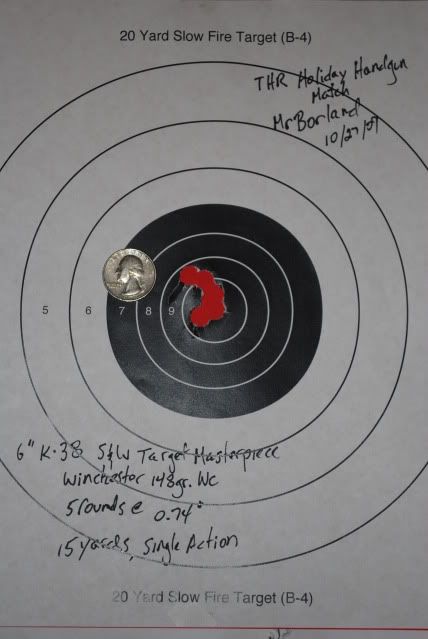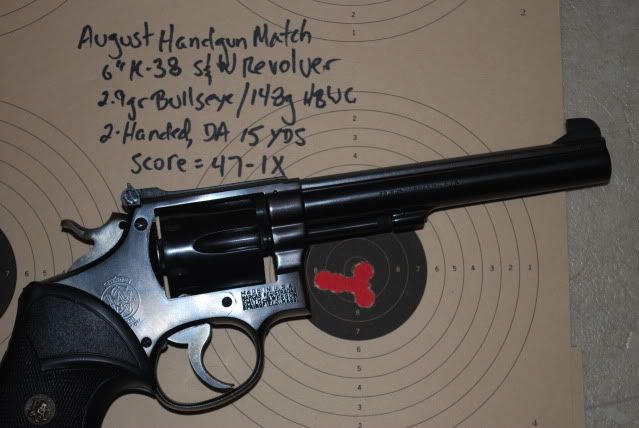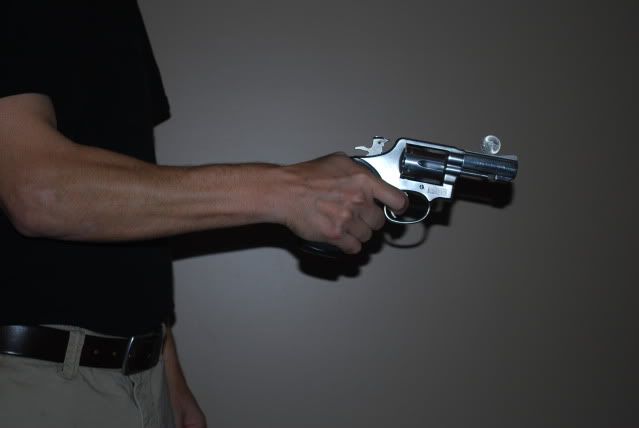William Lee
Inactive
I know lots of people love .22 revolvers, but personally I never saw the need for them. If you plan on using the gun in any self defense capacity, just get a .357 IMO. You can practice with .38 wadcutters (you can get some really cheap .38 ammo online if you look for it in bulk) and you still have the full-house .357 option for self defense reasons. Even a .38 special, with capacity to shoot .38 +P would be a step up if you plan on even considering the revolver for SD. Otherwise, if it's just for plinking, you should get a Heritage Arms .22 revolver. It's single action, but if you don't need it for self defense, the price is right at just under $200. I don't see the utility in spending more than 200 or so on a gun that will have no self defense capacity and will be used purely for a range plinker.
I renew my suggestion of the 4" bbl Ruger GP100 or a 3" SP101 for a good double action .357 revolver for self defense that won't break the bank.
I renew my suggestion of the 4" bbl Ruger GP100 or a 3" SP101 for a good double action .357 revolver for self defense that won't break the bank.




